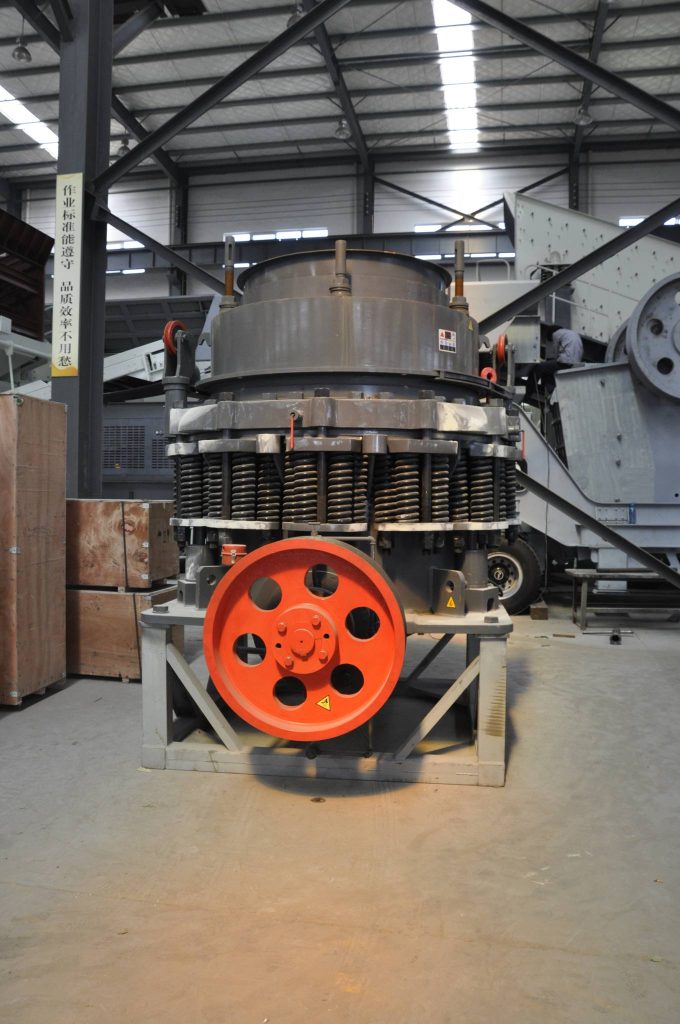The Operational Characteristics of Cone Crushers
Cone crushers play a pivotal role in the mining and construction industries, particularly in the processing of minerals and aggregates. Understanding their operational characteristics can provide valuable insights into their efficiency, durability, and versatility. This article delves into the key aspects of cone crusher operation, highlighting what makes them essential equipment in these industries.
1. Crushing Mechanism and Design
Cone crushers operate based on a crushing mechanism that involves a conical head that gyrates within a stationary bowl. The material to be crushed is fed into the top of the crusher and is compressed between the moving head and the bowl, breaking it into smaller pieces. The design of cone crushers allows for a more consistent and uniform output size, which is crucial for producing high-quality aggregates.
2. High Efficiency and Low Operational Costs
One of the standout features of cone crushers is their high efficiency. The unique design and operational parameters allow these machines to process large volumes of material with minimal energy consumption. This efficiency translates to lower operational costs, making cone crushers a cost-effective solution for large-scale operations. Additionally, modern cone crushers are equipped with automated control systems that optimize performance and reduce downtime.

3. Versatility and Adaptability
Cone crushers are highly versatile machines capable of handling a variety of materials, from hard rock to softer minerals. Their adaptability is enhanced by the ability to adjust the crusher settings to achieve different output sizes and production requirements. This flexibility makes cone crushers suitable for a wide range of applications, including secondary, tertiary, and quaternary crushing stages.
4. Durability and Maintenance
The durability of cone crushers is another critical characteristic. These machines are built to withstand harsh working conditions and heavy loads. High-quality materials and robust construction ensure a long operational life. Furthermore, maintenance is relatively straightforward, with easy access to critical components and simplified replacement procedures. Regular maintenance checks and timely replacements of wear parts can significantly extend the lifespan of a cone crusher.
5. Advanced Technological Integration
Modern cone crushers incorporate advanced technologies that enhance their performance and reliability. Features such as hydraulic adjustment systems, real-time monitoring, and automation improve operational efficiency and safety. For instance, hydraulic systems allow for quick and precise adjustments to the crusher settings, reducing downtime and ensuring optimal performance. Real-time monitoring systems provide valuable data on the crusher’s operation, enabling predictive maintenance and reducing the risk of unexpected failures.
6. Environmental Considerations
In today’s environmentally conscious world, the operational characteristics of cone crushers also include considerations for sustainability. These machines are designed to minimize dust and noise emissions, making them more environmentally friendly. Efficient energy use and the ability to recycle materials further contribute to their eco-friendly credentials.
Conclusion
Cone crushers are indispensable in the mining and construction industries, offering a blend of efficiency, versatility, and durability. Their advanced technological features and low operational costs make them a preferred choice for many operations. Understanding their operational characteristics can help operators and engineers maximize their performance and extend their service life, ensuring they continue to play a crucial role in material processing for years to come.
- > Common Issues When Operating a Ball Mill in Stone Quarrying
- > Cone Crushers: The Core of Brazil’s Iron Ore Crushing Lines
- > Mobile Jaw Crushers for Mining: Versatile Solutions for Efficient Ore Processing
- > High-Performance Granite Jaw Crusher: 350 Tons Per Hour for Efficient Crushing
- > Compact Portable Crushers: An Ideal Solution for Small-Scale Mining Operations
- > Ball Mill for Gold Mining and Granite Processing
- > Cost-Effective Cone Crushers for Crushing Stone: A Key Solution in the Mining Industry
- > Mobile Jaw Crusher for Gold Mining in Chile: Enhancing Efficiency in Ore Processing
Hot Product


Online




Message
